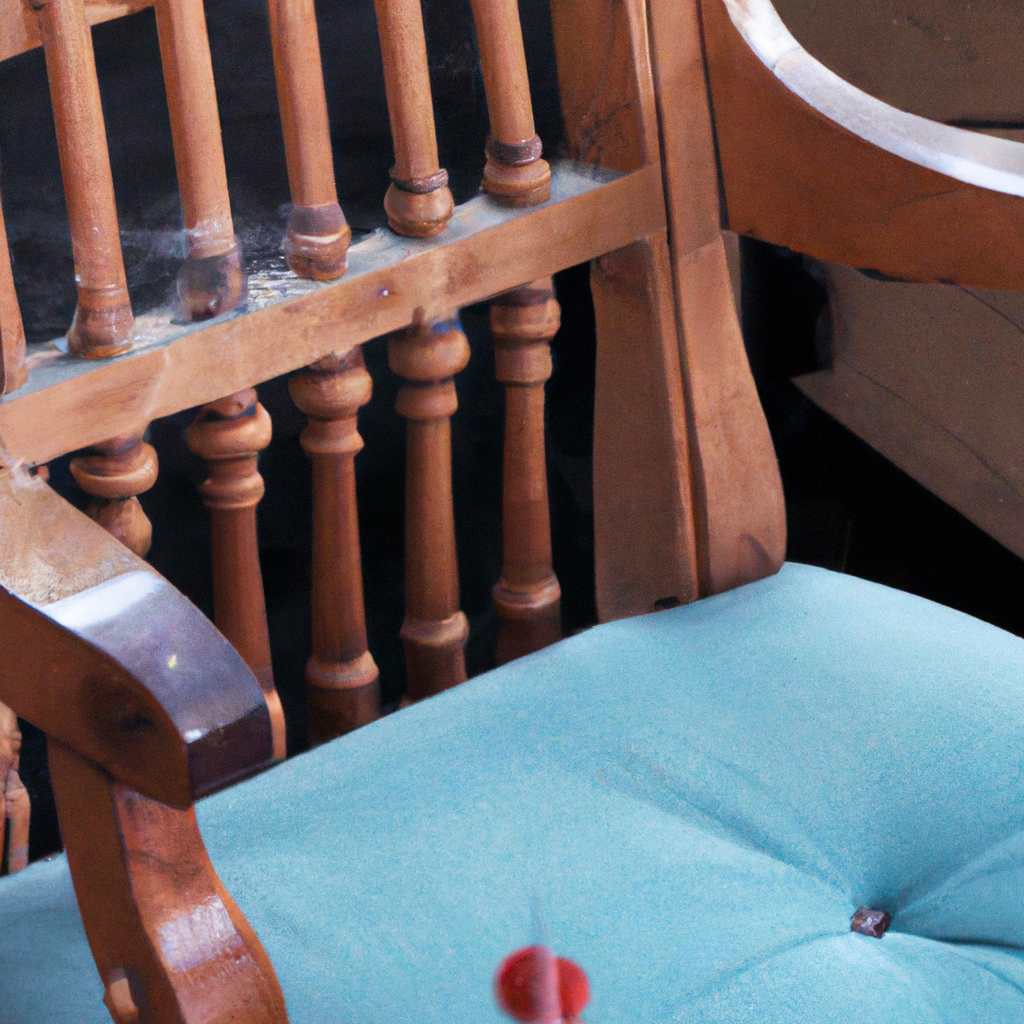Antique furniture is an art form that has been cherished for generations. Restoring antique furniture is a meticulous process that requires patience, skill, and attention to detail. Antique furniture restoration is a delicate process that can take a significant amount of time and effort. In this article, we will explore the process of restoring antique furniture and the steps that go into each stage of this process.
Step 1: Assessment of the Furniture
The first step in the process of restoring antique furniture is to assess the piece of furniture. This involves carefully examining the furniture to determine the extent of the damage and decay. This stage is essential as it helps the restorer to understand the extent of the work that needs to be done. During the assessment process, the restorer will examine the piece of furniture to determine the following:
- The type of wood used
- The condition of the wood
- The type of finish used
- The extent of damage and decay
Step 2: Furniture Repair and Restoration
Once the assessment is complete, the next step is to begin the furniture repair and restoration process. This stage involves repairing any damage or decay that the furniture may have suffered over time. This process can involve the following:
- Replacing missing parts of the furniture
- Repairing broken pieces of furniture
- Removing any old glue or nails that may have been used in the past
- Replacing any missing screws or bolts
Step 3: Refinishing Antique Furniture
The next step in the process of restoring antique furniture is refinishing the furniture. This stage involves removing the old finish from the furniture and applying a new finish. This process can involve the following:
- Sanding the furniture to remove the old finish
- Staining the furniture to match the original color
- Applying a new finish to the furniture
- Polishing the furniture to give it a shiny finish
Step 4: Final Touches
The final step in the process of restoring antique furniture is to add the final touches. This stage involves adding any final details to the furniture to make it look as close to the original as possible. This process can involve the following:
- Adding any missing hardware
- Polishing the hardware to give it a shiny finish
- Adding any final touches to the furniture, such as decorative accents
Conclusion
Restoring old furniture is a delicate process that requires skill, patience, and attention to detail. The process involves assessing the furniture, repairing any damage or decay, refinishing the furniture, and adding the final touches. Each stage of the process requires careful attention to detail to ensure that the furniture is restored to its original state. When done correctly, restoring antique furniture can be a rewarding experience that allows you to enjoy the beauty and craftsmanship of a bygone era.







